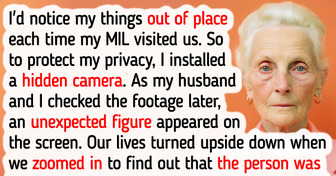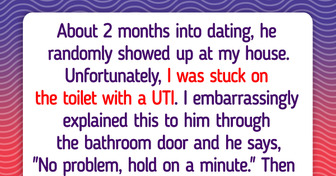My Husband’s Ex Wanted to Make Me Homeless and Poor, Karma Hit Her Hard

Why do flamingos stand on one leg, or why are scorpions fluorescents? Because they like to! Well, actually it’s a bit deeper than that. I’ll take you on a tour full of scientific facts about humans, animals, and even more.
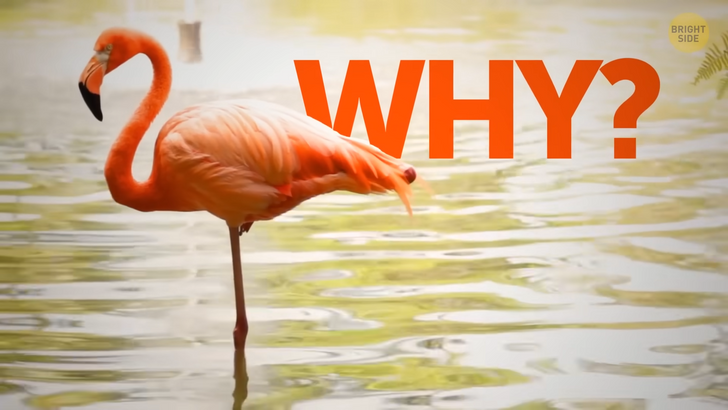
Meet Apu. Now take a look at this palm. Anything unusual? Pay attention to the fingertips. Apu and his family have a super rare genetic mutation. So rare that it is only seen in very few families in the whole world. They have no fingerprints!
This condition is called Adermatoglyphia [a-der-MA-toe-glee-fee-ah]. It became widely known only in 2007. You might say, “it’s not a big deal.” Yet, think about all the things we need fingerprints for. We unlock our phones with them, for instance. I mean, fingerprints are among the world’s most collected biometric data.
Apu and his family suffered from this genetic condition as the world relies more on fingerprints. In 2008, Bangladesh brought National ID cards for all grown-ups, and guess what the database required? A thumbprint. The employees didn’t know how to proceed, so they eventually gave the ID card to them with a stamp on it saying “no fingerprints.”

Similarly, in 2010, fingerprints became obligatory for passports and driver’s licenses. The family members now have a medical report to show to the authorities, but even with that report, they face problems. In 2016, for instance, the government made it mandatory to link a fingerprint with the national database to buy a Sim card.
Sim card companies didn’t acknowledge Apu’s condition, so he registered his card with her mother’s name. They are not the only ones. A Swiss woman wanted to enter the US. Everything was legal. Her face matched the photo on her passport, but she had no fingerprints to compare to. Well, because she didn’t have any. This rareness is inherited, so in a family, a couple of people can have it. Luckily, it’s assumed that the mutation causes nothing more but a life navigating the world without fingerprints.
When you picture the tower of Pisa, it’s probably leaning on the side a bit. Well, you might have to update that image in the future. The tower is straightening out. Although it looked cool and unique, the leaning degree of the tower was actually not a good thing considering the “life” of the tower. It was built in the 12th century, so it needed to be straightened.
It was closed to the public and went under a sort of reinforcement. Engineers placed tons of lead counterweights on the ground and extracted soil under the foundations. All the efforts worked, and the tower got straightened almost 2 inches. Yeah, even that matters. Then the tower welcomed its visitors again in 2001 with safer and stronger foundations.
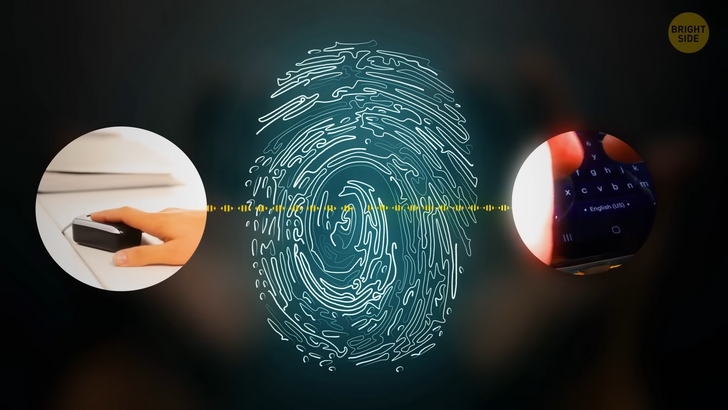
Let’s fly from Italy to Peru to see the famous Incan citadel Machu Picchu. Have you heard the rumors that it’s impossible to see the main parts of Machu Picchu? Yes, 60% of the infrastructure is actually underground, so this is true! Incas don’t want to be found.
Although there are many routes, chambers, and cool stuff excavated, experts say that this is nothing compared to what’s hidden below. The Incas constructed deep structure foundations. Plus, they had an extensive crushed rock drainage system. In that way, they handle the weather conditions. These many historical excavations are already worthy enough to go and visit the impressive and breathtaking engineering mastership. Don’t you think?
Number 4 is again a fact about human inventions, and this one comes from our present day’s Japan. Pay close attention if you’re an ice cream fan because scientists in Japan invented an Ice-cream that doesn’t melt. These scientists discovered a compound in strawberries. This compound can keep ice cream frozen even under the 86-degree Fahrenheit sun. Ice cream melts later than it was supposed to because this ingredient makes it difficult for water and oil to separate.
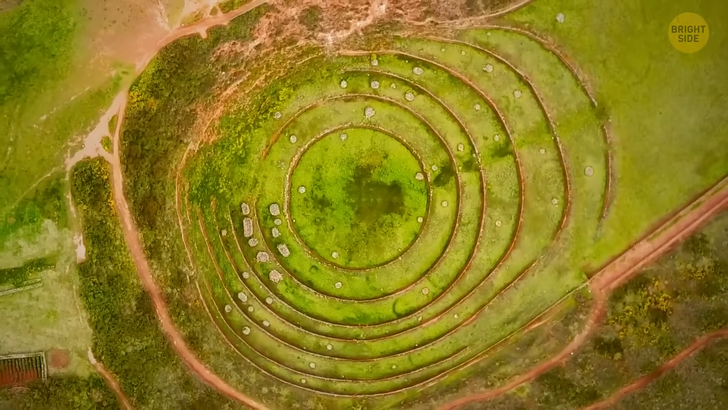
Moving from sweet ice cream to another sweetness, this one belongs to the animal kingdom. Have you ever wondered why cats purr? Many people assume that when cats purr, it’s a sign of happiness. There’s more to purring than we thought. Cats have this half-voluntary and half-instinctive thing to communicate, yes, but also as a form of self-soothing and even healing. You see, cats usually purr when they’re injured or go through a stressful experience.
Kittens can’t see or hear anything when they first come into this world. This continues for 2 more weeks. Interestingly, they begin purring a couple of days after their birth. They wanted to let their mommy know where they were and, of course, when they wanted to be fed. Cats continue to do so when they grow up too. That’s why your cat purrs when you put food on its plate at breakfast time.
As far as the self-soothing part, you can think of it as a human crying. How we soothe ourselves in that situation is similar to cats purring in stressful times. Their purr is a therapy not just for us but for themselves and their kind too. Some veterinarians say that cats lie next to each other and purr when one of them is injured. Vets call it “purr therapy.” The scientific for this is “scant.” Anyway, house cats purr at a frequency of about 26 Hertz. This is in the range that supports tissue regeneration.
In nature, cats lie around and wait for their prey. This is how they spend most of their time. In this scenario, purring may stimulate bones. They don’t get weak. The same thing applies to humans too. Purr-like vibration products have been made to use in therapy. Various researchers believe that putting a vibrating plate onto an astronaut’s leg can help them retain bone-density during long space missions. Purring was never just purring.

The next one is about flamingos. When someone calls their name, people generally picture 2 things; one: they’re pink, and two: they generally stand on one leg. There’re a couple of theories why they perch on one leg. They do it for hours, especially when they are sleeping or “loafing,” which means a midday rest or siesta.
One theory is more popular among a majority of zoologists. It’s sort of an “energy-saving mode.” They stand on one leg to prevent muscular fatigue. They’re more balanced and stable on one leg compared to 2. This is related to how their ligaments and tendons are. With 1 leg, it’s easier to remain constant in position.
“You can’t have it all!” is a saying applied to birds too. Apparently, male birds can either be good singers or be very handsome. Scientists made that conclusion after analyzing more than 500 species of flying animals. Birds with colored feathers are more prone to have basic singing talents, and the ones who resemble their female peers with less-attractive plumage have better singing skills.

Now that you know male birds can’t be pleasant to both your eyes and your ears at the same time, we can carry on with Puffins. It turns out that their beaks can be fluorescents. Beaks of Atlantic puffins light up when viewed under UV light. These animals can see UV wavelengths themselves too. So, other puffins can detect each other’s fluorescent beaks in the daylight.
Something related to the ridges of their beak enables UV light to be absorbed and remitted as a glow, but experts haven’t yet figured out what that “thing” is. The reason for having glowing beaks might be related to being attractive to other birds. Yeah, if you’re a puffin, you don’t want to have a bleak beak.
There are other animals that light up under UV light, such as scorpions. Now, scorpions probably glow to support their vision at night. Scientists theorize that scorpions convert the UV light coming from the moon by fluorescing. They glow in a greenish-blue color, and it’s no coincidence that this is the color they see best. Stick insects, millipedes, grasshoppers, and a certain kind of frog shine under UV light too. Now I’m wondering how life would be if we could also have UV light vision.

